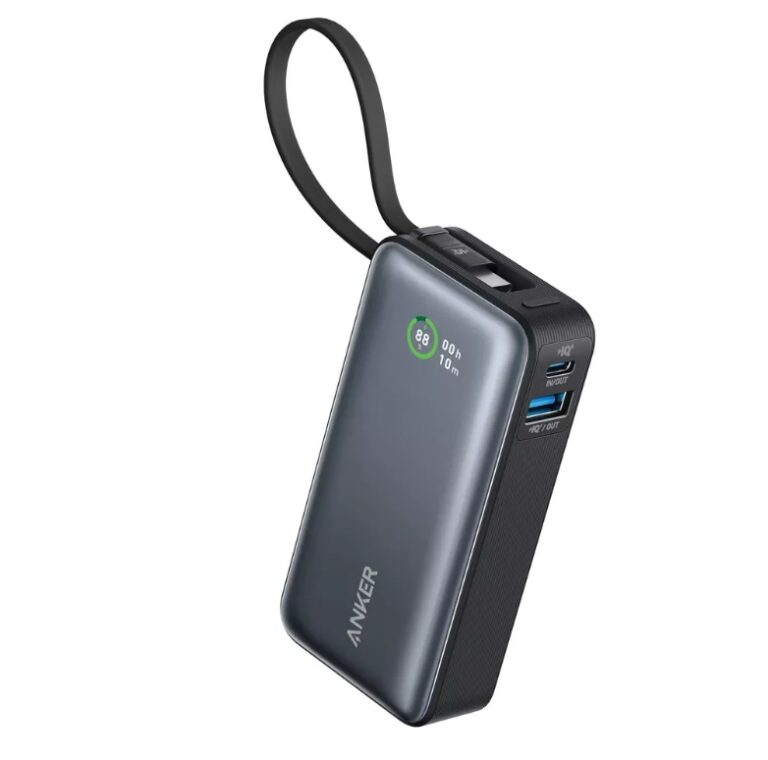If you’ve traveled through Newark Liberty International Airport (EWR), you probably don’t need a study to tell you it’s not the smoothest place to transit through. But just in case you needed the data to back up the feeling, several recent reports confirm it: Newark is one of the worst-ranked airports in the United States.
Between chronic delays, an outdated layout, and a frustrating passenger experience that even a billion-dollar renovation hasn’t fully resolved, it’s no surprise that EWR consistently appears near the bottom of travel satisfaction surveys. If you’re planning a trip and have a choice of where to connect, there are plenty of reasons to steer clear of Newark.
What the Rankings Say
According to an August 2024 study by Whitley Law Firm, Newark Liberty ranked as the third-worst airport in the United States. The study analyzed Google reviews and factored in key traveler pain points such as flight delays, cancellations, and service satisfaction.
Only Aspen/Pitkin County Airport in Colorado and Santa Fe Municipal Airport in New Mexico ranked worse, but those are much smaller regional airports. Newark, on the other hand, is a major hub serving millions of passengers annually, which makes its low ranking far more concerning.
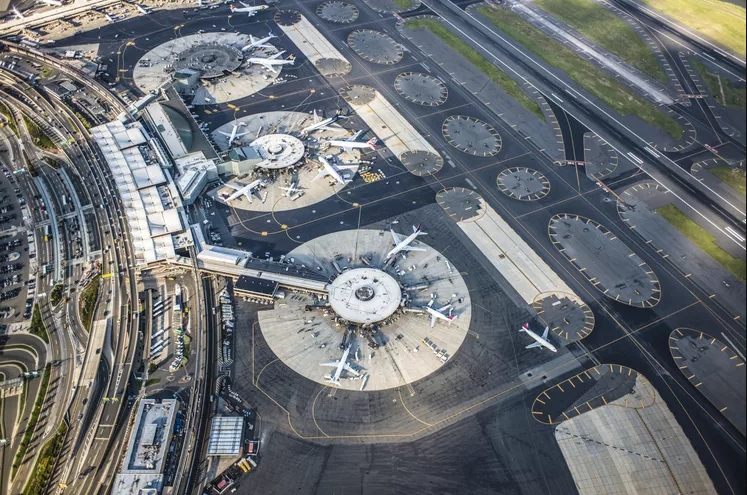
To make matters worse, Newark flights average 15-minute delays, according to the study. And that’s just the average. Frequent flyers know that even short delays in a congested airport can have a ripple effect, especially if you’re connecting to another flight.
In The New York Times’ May 2025 coverage of Newark’s challenges, passengers cited outdated systems, lack of clear communication during emergencies, and poorly handled disruptions. The article spotlighted how recent security scares and weather events were compounded by the airport’s inability to respond quickly or clearly, leaving travelers confused and stuck.
Delay Central: A Risky Layover Choice
Newark’s history of delays is well documented. According to the U.S. Bureau of Transportation Statistics, the airport consistently ranks near the bottom for on-time performance among major U.S. airports.
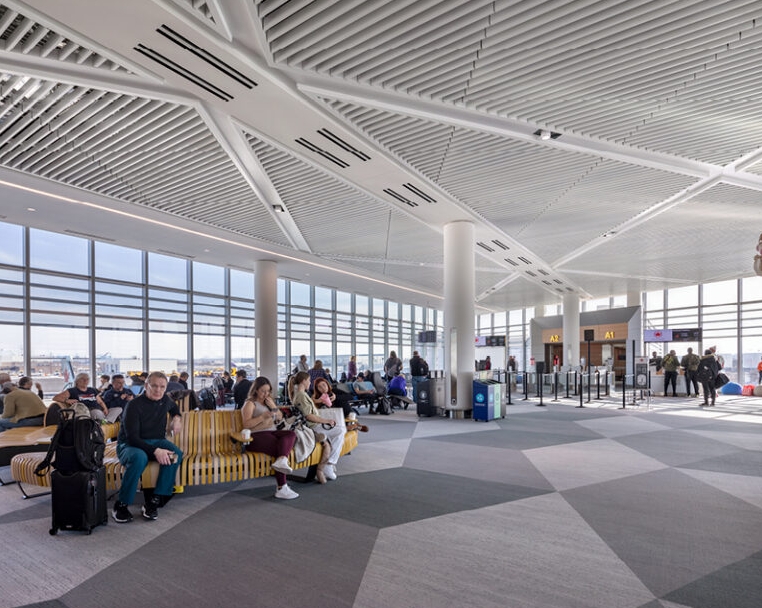
There are several reasons for this. Newark is located in one of the most congested airspaces in the country. With LaGuardia and JFK nearby, air traffic controllers have to manage an overwhelming number of incoming and outgoing flights in a tight geographic area. A little fog or wind? Expect delays.
What makes things worse is that these delays often aren’t communicated clearly to passengers. Flights get pushed back by 20 minutes, then 40, then an hour, with little explanation or useful updates. If you have a tight connection, there’s a real risk you’ll miss your next flight.
To stay productive during long delays, a portable neck pillow with built-in earbuds can help you rest and tune out the chaos around you.
Confusing Layout and Outdated Terminals
One of the most frustrating aspects of Newark Liberty is its terminal layout. The airport is divided into Terminals A, B, and C. There is no simple or efficient way to move between them if you’re already inside security, and many travelers don’t realize this until it’s too late.
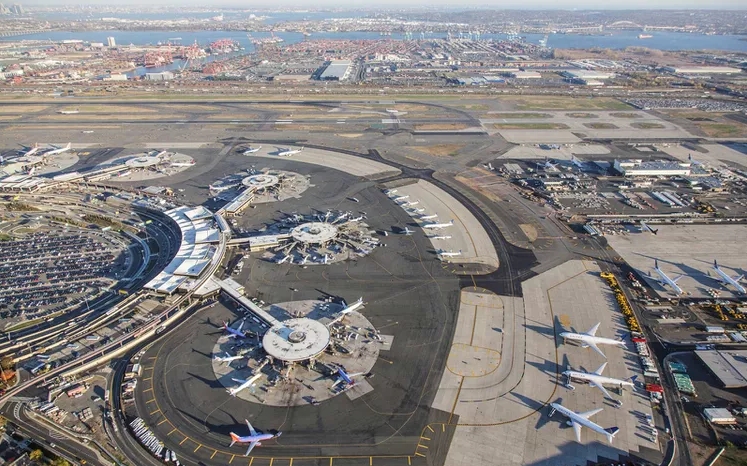
If your connection involves switching terminals, especially if you’re flying a mix of domestic and international airlines, you may have to exit one terminal, take a shuttle or AirTrain, and then re-clear security. This eats into your connection time and adds unnecessary stress.
While Terminal A recently received a $2.7 billion renovation, the upgrades don’t fix the larger issues. Not all airlines have moved into the new terminal, and Terminals B and C still suffer from aging infrastructure, unclear signage, and lack of cohesion between airlines. You can’t always count on a smooth transfer even within the same airline alliance.
Food, Comfort, and Cleanliness Still Lag
Terminal C, used mostly by United Airlines, has made efforts to improve the traveler experience with updated food options and digital ordering. But outside of that, food and drink options remain limited, especially late at night or during off-peak hours.
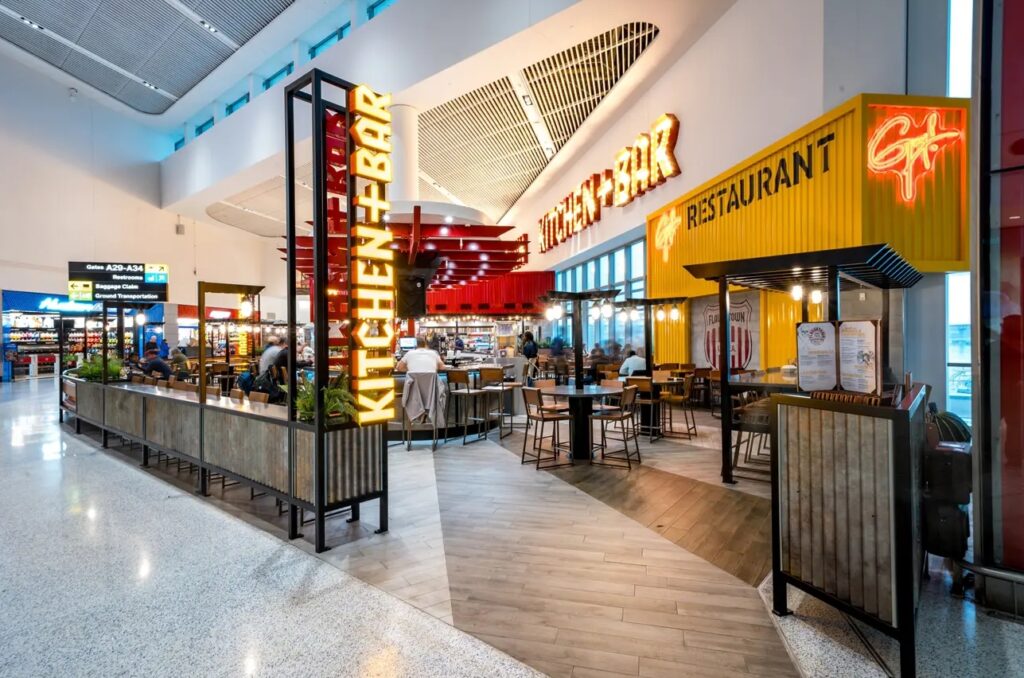
In Terminals A and B, you may find yourself choosing between a tired fast-food counter and a convenience store with overpriced sandwiches. Not ideal when you’re stuck on a layover and need a decent meal or coffee.
Comfort is also an issue. Seating can be hard to find during busy times, and it’s not unusual to see people sitting on the floor or standing in long lines just to charge their devices. Restrooms are often overcrowded and not as clean as you’d expect in a major international airport.
If you’re stuck in one of Newark’s older terminals, having your own collapsible travel seat cushion can make long waits a bit more bearable.
Safety and Emergency Communication Concerns
In the New York Times’ 2025 report, one issue stood out: lack of communication during emergency situations. Passengers shared stories of being left in the dark during terminal lockdowns, bomb scares, or severe weather events. Announcements were delayed, inconsistent, or completely missing.
In an era when real-time information is critical, especially during unexpected events, this kind of communication breakdown is more than an inconvenience, it’s a safety concern. If you’re connecting through Newark during the winter or hurricane season, it’s important to know how unprepared the airport can feel when things go wrong.
Inconsistent Customer Service
Staffing challenges aren’t unique to Newark, but the airport seems to struggle more than most with consistent service. TSA lines are often slow, and PreCheck lanes aren’t always open. When flights are delayed or canceled, airline counters become overwhelmed quickly.
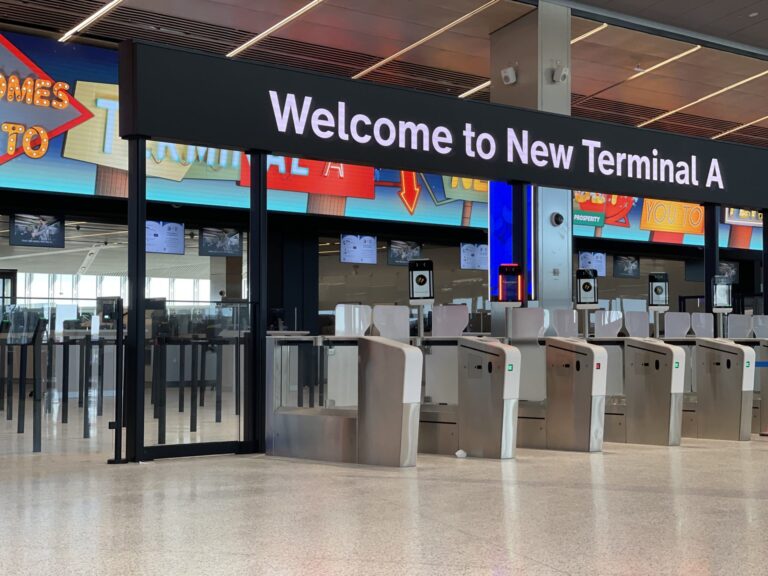
Many travelers report feeling that they’re on their own. There are limited help desks or clear rebooking options during disruptions, and airline staff often appear as frustrated as the passengers they’re trying to help.
Wi-Fi and Power Access: Still Not Great
Free Wi-Fi is available at Newark, but it’s not always reliable. In some terminals, the signal is weak or inconsistent, which is frustrating when you need to rebook a flight or contact someone about your delay.
Charging stations are scattered and not always functional. Unless you’re in a lounge or lucky enough to find an open outlet, you might find yourself battling with others for a power source to charge your phone or laptop.
Bringing a compact power bank is essential if you’re flying through Newark. It might be the only reliable way to keep your devices charged.
So, Should You Avoid a Layover at Newark?
If you have a choice, the answer is yes.
There are better options nearby. JFK and LaGuardia have both made substantial infrastructure improvements and generally offer smoother transit experiences. Even Philadelphia International Airport (PHL), which is farther south, has a more user-friendly layout and better on-time performance than Newark.
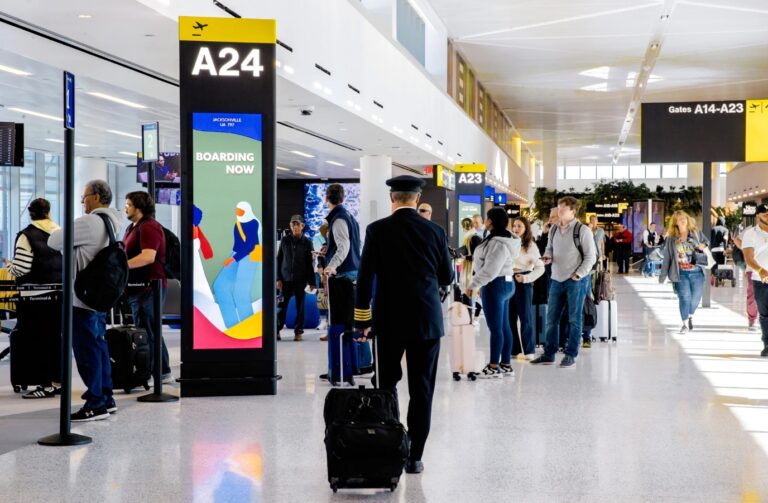
Unless your itinerary is locked in with United Airlines and Newark is unavoidable, try to route your layover through a different hub.
How to Survive If You Have No Choice
Sometimes, a Newark layover is unavoidable. If that’s the case, here are a few tips:
Give yourself extra time between connecting flights, especially if you’re switching terminals.
Pack snacks and water in case food options are closed or limited.
Download your airline’s app for updates on gate changes, delays, or cancellations.
Bring a portable charger, as outlets can be hard to find.
Familiarize yourself with the terminal map ahead of time so you know what to expect.
Use the new Terminal A if your airline supports. It’s your best shot at a decent experience.
Final Thoughts
Newark Liberty International Airport is one of the busiest airports in the country, but its reputation continues to suffer. Despite high-profile investments and renovations, the overall passenger experience remains frustrating for many travelers.
Whether it’s due to constant delays, confusing layout, limited amenities, or communication issues, EWR is often more headache than hub. If you’re booking travel with a layover and want to reduce stress, Newark probably shouldn’t be your first choice. A little planning now can save you hours of frustration later.



